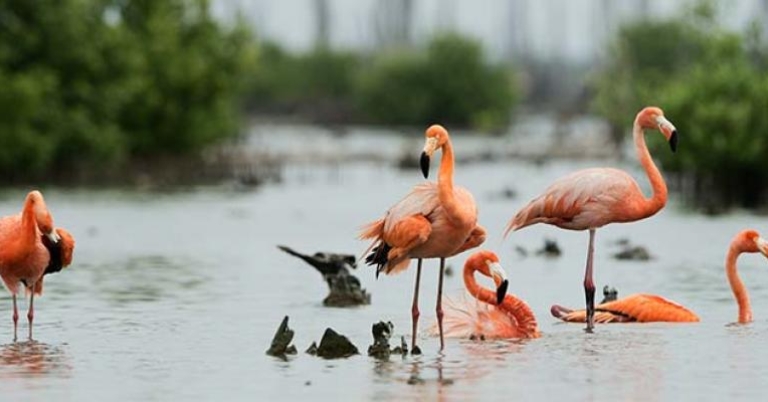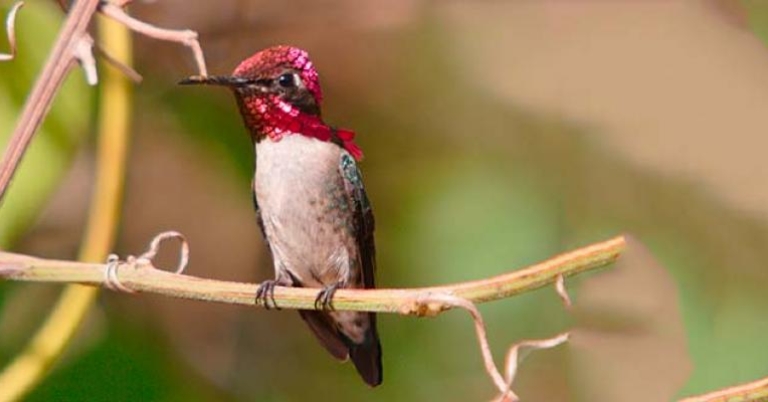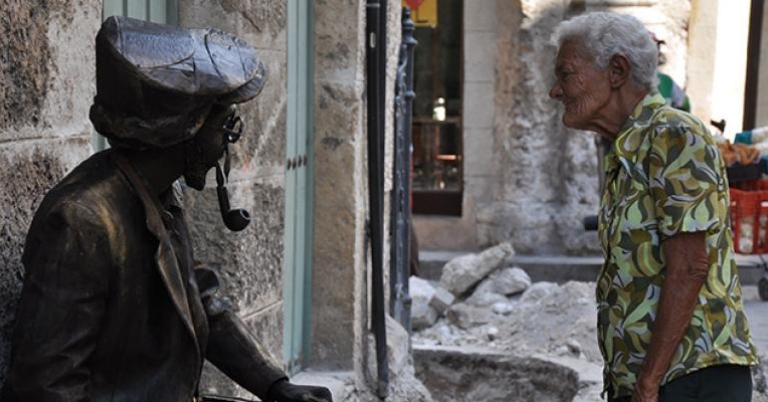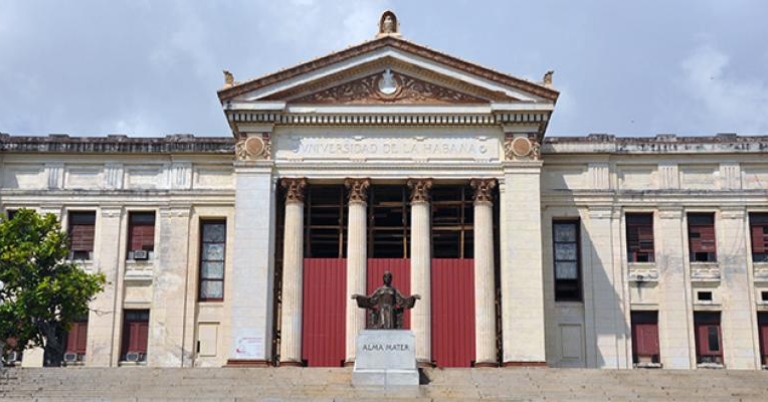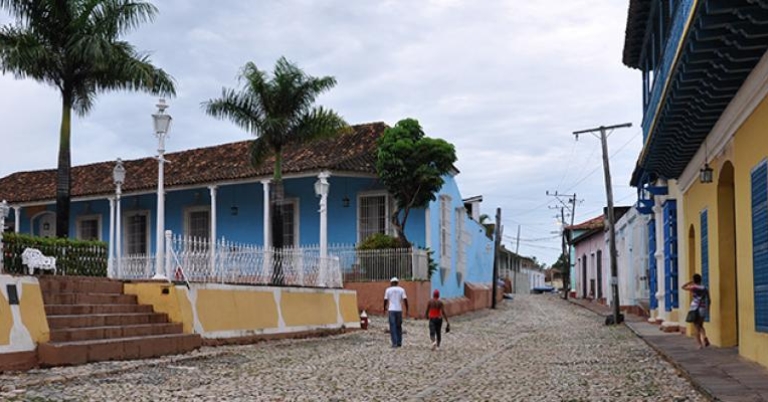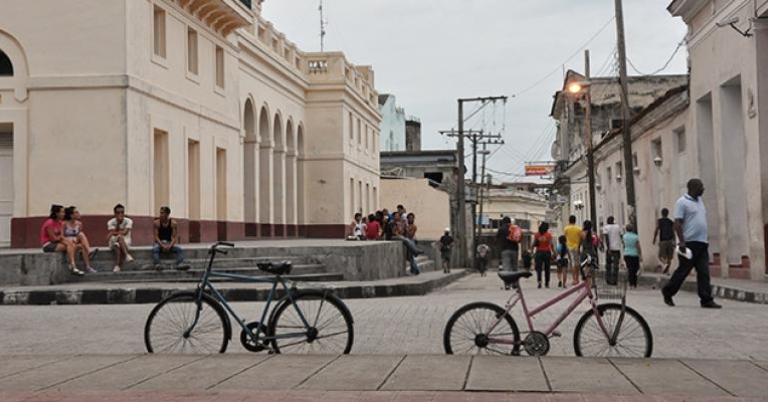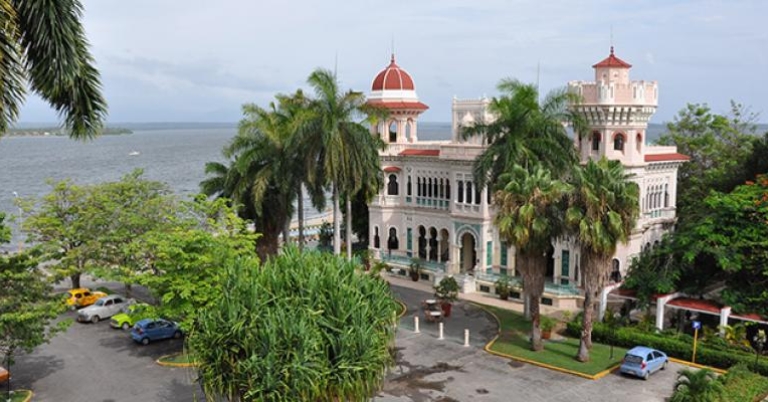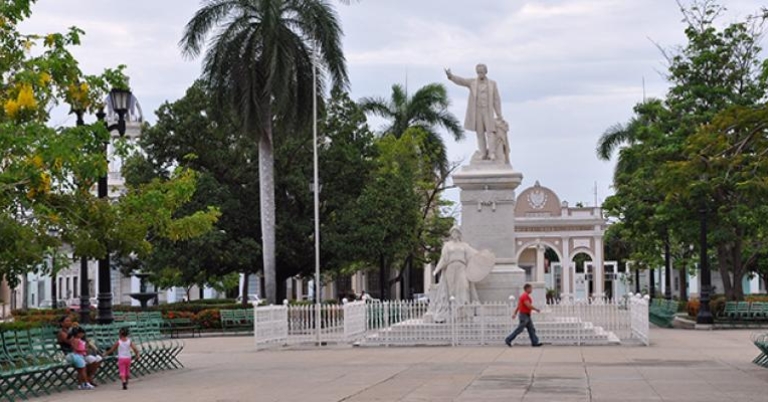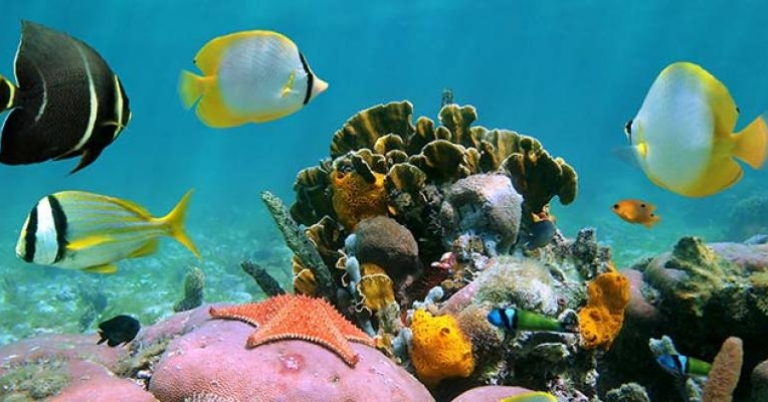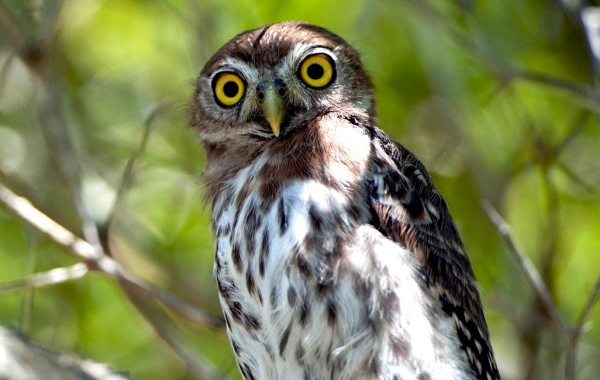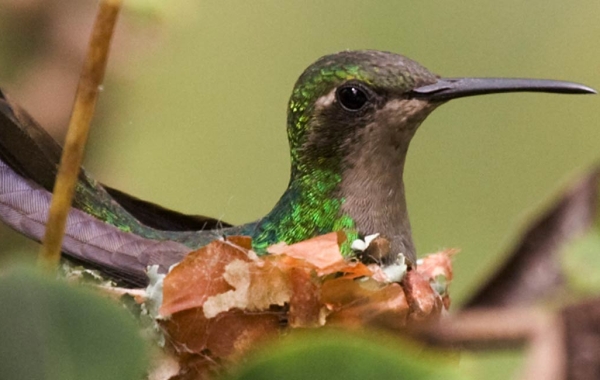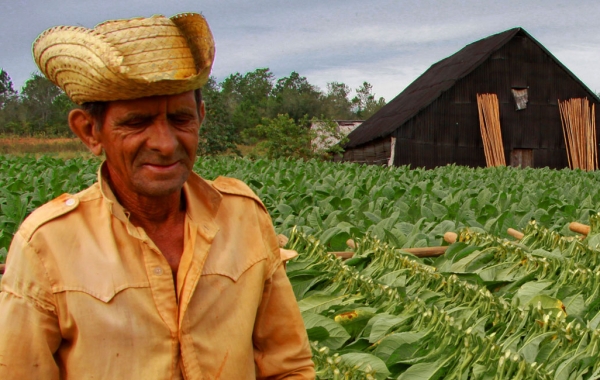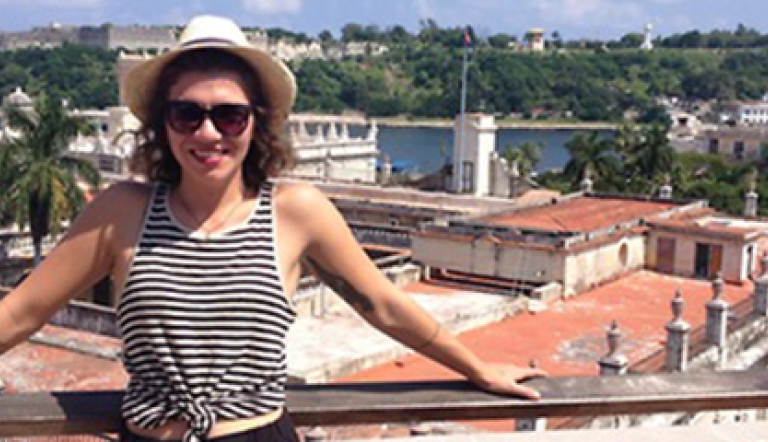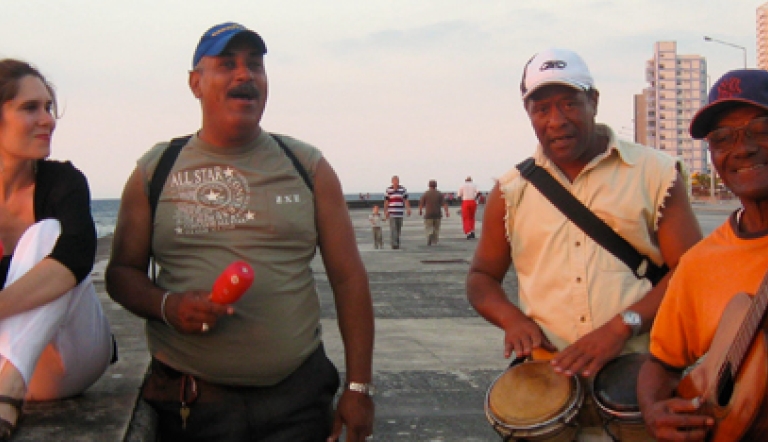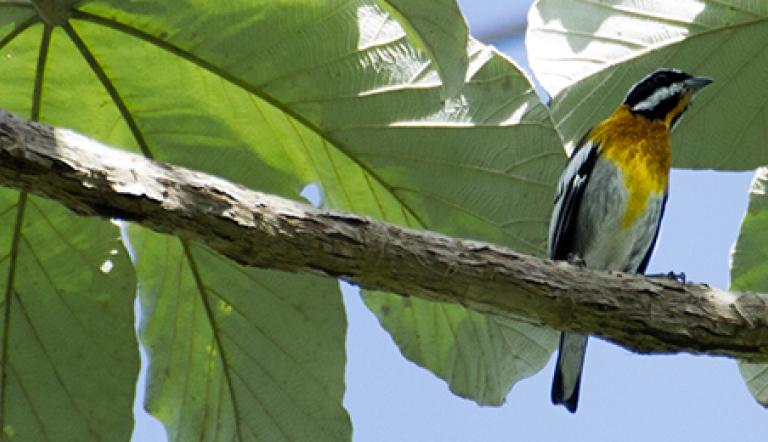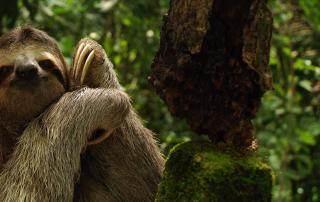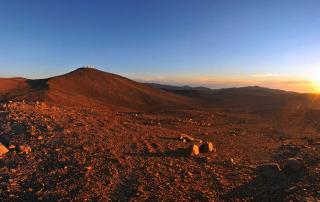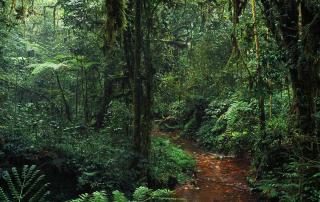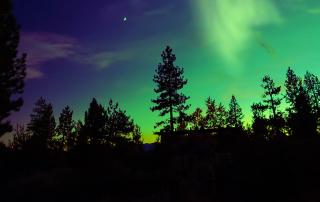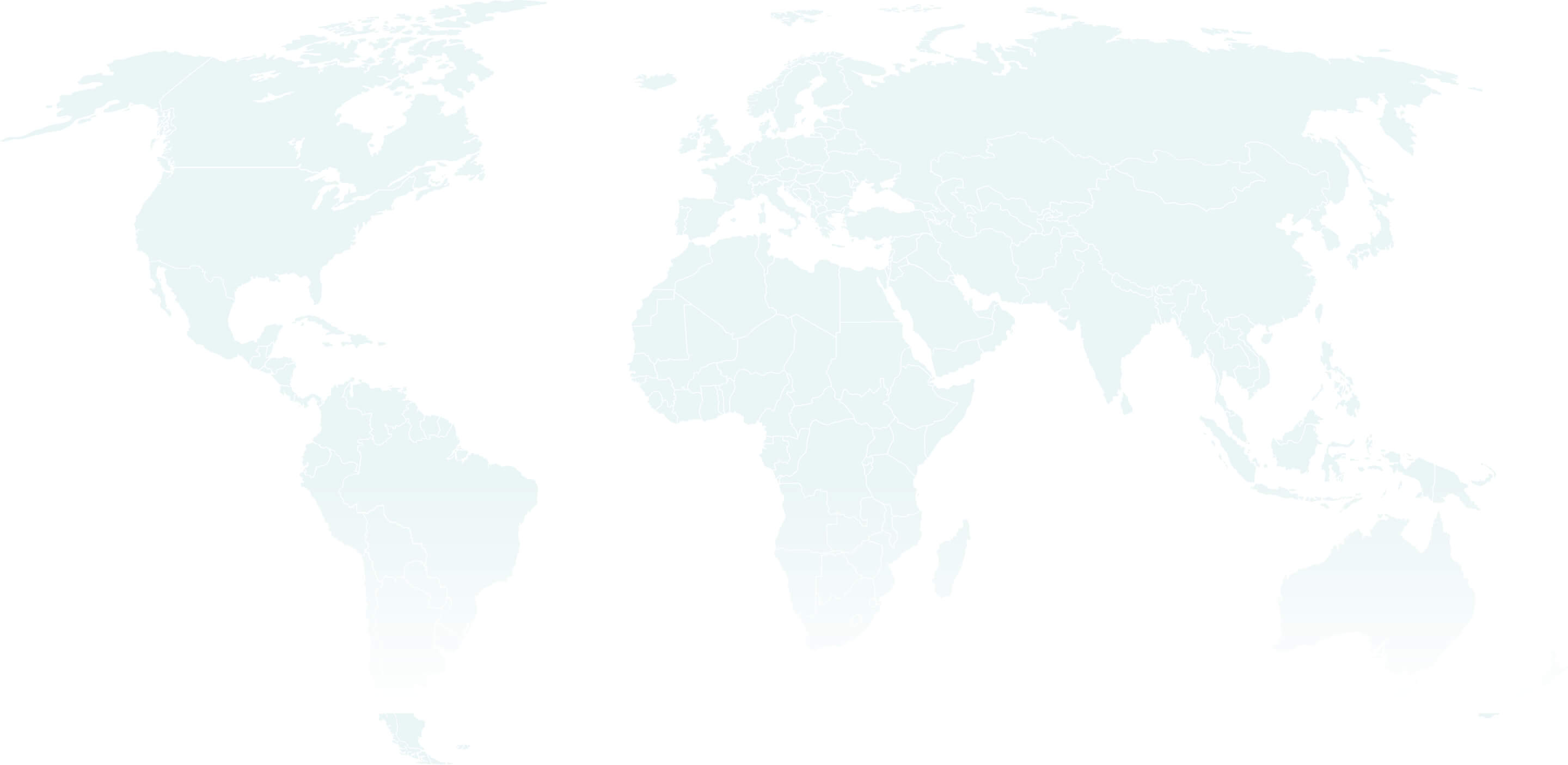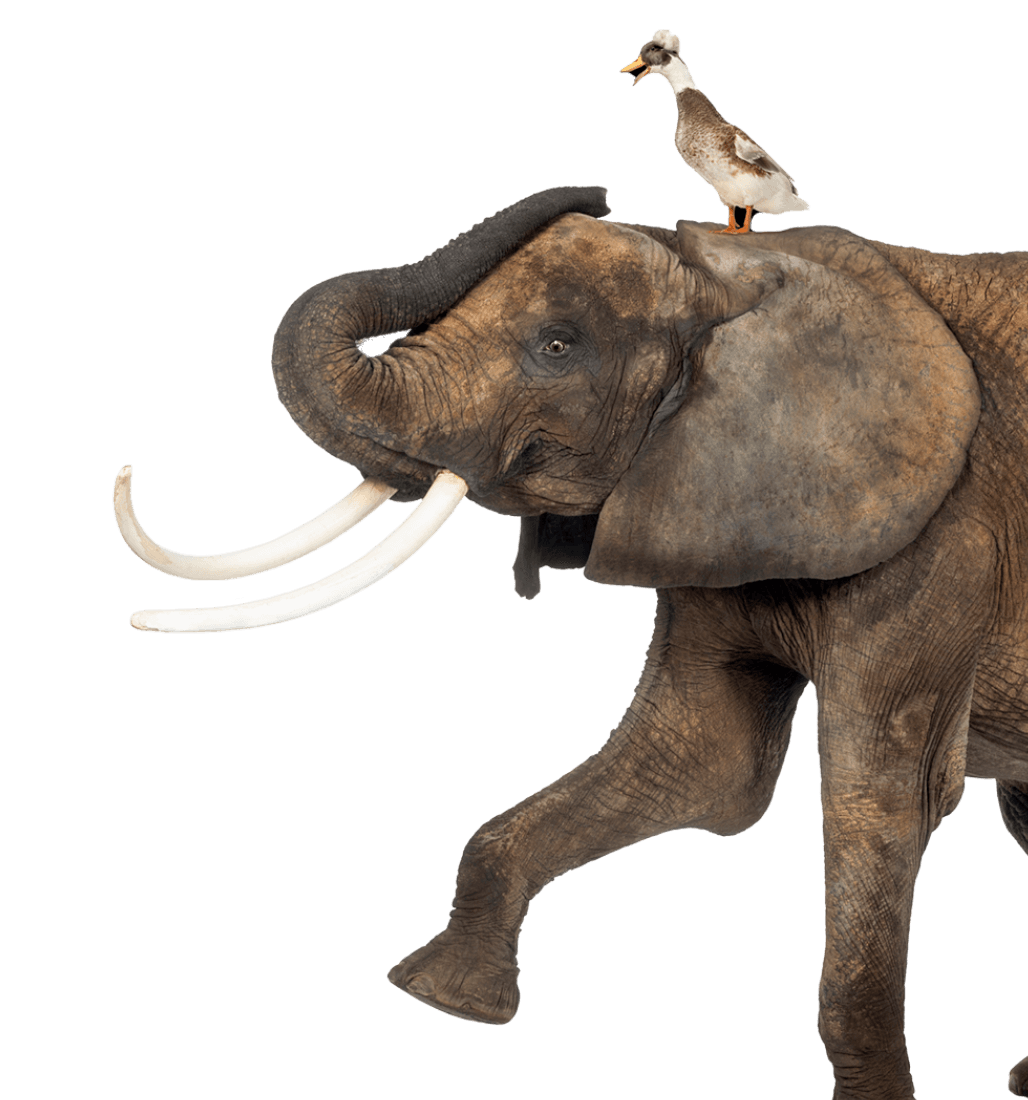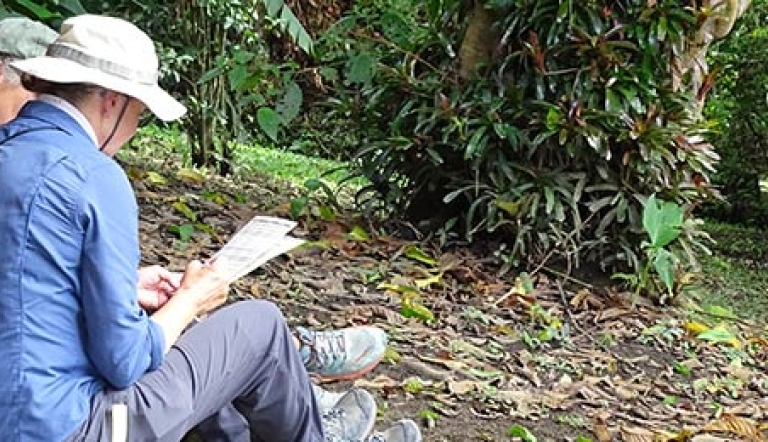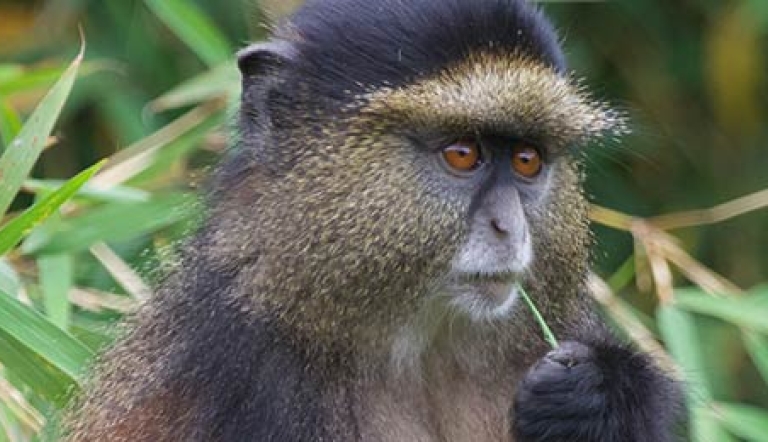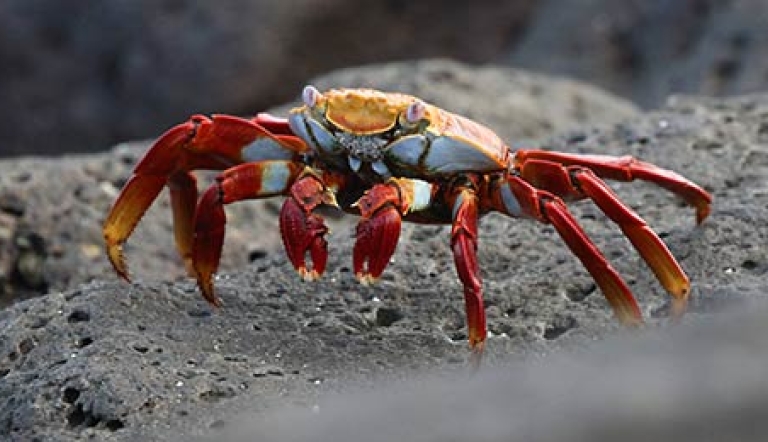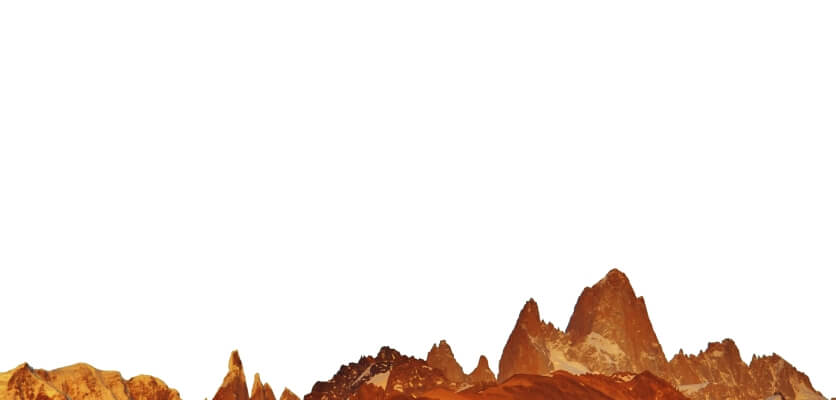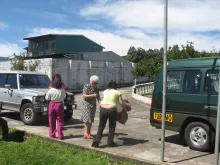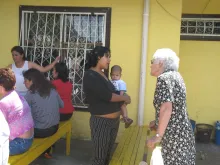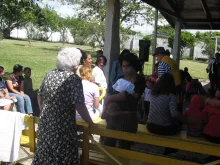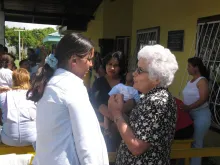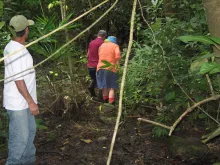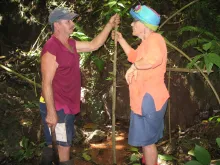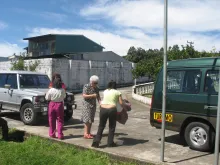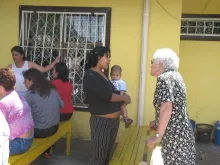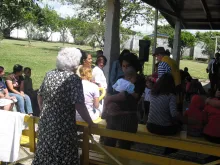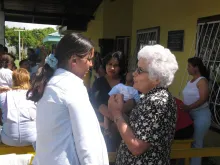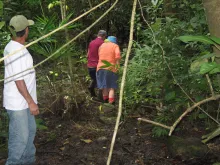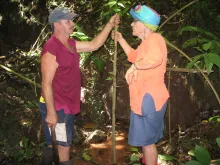The travel landscape is rapidly evolving as the government continues to ease its restrictions.
In Havana, a thriving artistic culture transforms African, Spanish, and American influences into a distinct national identity. Witness Cubans’ creativity, resourcefulness, and friendly nature in spite of economic hardship. Consider the strengths of a society committed to providing education and healthcare to all citizens, and see a tightly controlled economy face challenges and opportunities as entrepreneurs emerge. Outside Havana, fertile fields produce tobacco and sugar to fuel the country’s economy. Here you can examine firsthand U.S.-Cuban history and the impact of the U.S. embargo.
Beyond its cultural legacy, Cuba has a wealth of natural resources, including the distinctive limestone hills known as mogotes, unspoiled coral reefs, miles of beaches, two UNESCO Natural World Heritage Sites (Alejandro de Humboldt National Park and Desembarco del Granma National Park), and a Ramsar Site (Zapata wetland), among others.
Holbrook Travel has been offering legal travel to Cuba since 2000. In that time, we’ve developed a vast network of connections and knowledge, and we look forward to sharing what we’ve learned with you to ensure you get the most from your experience.
Environments
Called the “Pearl of the Antilles” for its natural beauty, Cuba has lush mountains, limestone mounds riddled with caves and underground streams, and pristine beaches with offshore islands ringed by coral reefs. Exploring these preserved habitats gives a glimpse of what the world's habitats were like many years ago. Valley de Vinales, one of the most beautiful parts of Cuba, and Zapata National Park are home to an impressive number of plant and bird species. Conservation projects are a priority in Cuba, to preserve this precious Caribbean biodiversity.
Wildlife
Just 90 miles from the Florida Keys, Cuba’s political and geographic isolation have kept its ecosystems pristine and allowed endemic flora and fauna to thrive. Healthy coral reefs are a sanctuary for marine life, the vast Zapata Swamp shelters millions of migratory birds and the feisty Cuban Crocodile, and snail colonies survive on isolated mogotes. Among Cuba’s 360+ recorded bird species are several endemics including the Cuban Trogon (Cuba’s national bird), Zapata Wren, Zapata Rail, Cuban Emerald Hummingbird, Cuban Screech Owl, Cuban Tody, and the Bee Hummingbird, the smallest bird in the world. Several endemic species of bats, snakes, anoles, lizards, toads, frogs, butterflies, fish, and plants have also been recorded in Cuba.
U.S.-Cuba Relations
Given its proximity, Cuba inevitably shares deep historical ties with the United States. In the 1950s Cuba was a premier vacation destination hub, especially for wealthy Americans, many of whom also owned much of the country’s farmland. When the United States severed diplomatic ties and strengthened an embargo against Cuba in 1960, Cuban material culture virtually stopped in time. In a community that has been isolated from the world’s resources, it is the tenacity of the Cuban people that has made the country the fascinating and welcoming place it is today.
Arts & Culture
Havana, the heart of Cuba, is the country’s vibrant capital. There are few cities in the world with such varied architecture, and Havana’s plazas, museums, churches, fortresses, and buildings under restoration tell many stories. Cuba’s history of incorporating new influences, whether Spanish, African, or American, has established it as a leader in reinventing musical and artistic trends. Their prestigious fine arts institutions cultivate what seems to be an innate artistic talent among its people. Throughout the country, creativity, talent, and passion are evident among the Cuban people.
Entry & Exit Requirements
U.S. citizens need a valid passport to enter Cuba. Passports must be valid for at least six months after the date of entry and have at least two blank pages for entry/exit stamps.
All travelers must also have an electronic visa, which includes a health declaration form. The Cuban e-visa is valid for a single entry and allows the holder to stay in Cuba for 90 days. Your program includes the e-visa fee, and Holbrook will send you an email several weeks prior to departure with a link to your assigned e-visa number. The form may only be completed within 7 days of departure and must be completed before checking in for your flight to Cuba. (Note: This may be easier to do on a laptop or desktop rather than your smart phone.) Upon completion, you will receive an email with a PDF including a QR code for your specific e-visa. Please print or save this document to your phone for ease of submission when requested.
If you are not traveling with a U.S. passport or you are a Cuban-born person, please check with the Cuban Embassy for requirements based on your nationality. Also, be sure to have your required documents (passport, Cuban e-visa) for re-entry into the U.S.
Please note: The U.S. Department of Treasury, Department of Foreign Assets Control (OFAC) requires that all travelers to Cuba retain itineraries for at least 5 years.
Health Information
IMMUNIZATIONS
The Centers for Disease Control recommends that all travelers be up to date on routine vaccinations such as measles-mumps-rubella (MMR) vaccine, diphtheria-pertussis-tetanus vaccine, varicella (chicken pox) vaccine, and your yearly flu shot before every trip.
There are no vaccinations required for entry into Cuba, unless you are traveling from a country where yellow fever transmission is a risk, in which case proof of yellow fever vaccination is required. The CDC recommends vaccination against hepatitis A, hepatitis B, and typhoid for most unvaccinated travelers to Cuba.
Please consult your physician for additional information and recommendations based on your individual circumstances.
INSECT-BORNE ILLNESSES
Dengue fever and Zika virus are known to be present in Cuba. Travelers to Cuba should protect themselves against insect bites: Cover exposed skin with lightweight, long-sleeved shirts and pants, consider treating clothes with permethrin, and use an insect repellent containing an active ingredient like DEET or picaridin. Apply sunscreen first, followed by the repellent (preferably 20 minutes later). As a precaution, the CDC advises women who are pregnant to consider postponing travel to any area where Zika virus transmission is ongoing.
SUN EXPOSURE
The effects of the sun can be damaging to the eyes and skin. Spending time outdoors exposes you to the sun’s harmful ultraviolet (UV) rays, even on cloudy days. To protect yourself from the sun, use a broad spectrum sunscreen of at least SPF 15, protect skin with clothing, wear a wide-brimmed hat and sunglasses, and drink plenty of fluids.
Travelers’ Diarrhea
The CDC warns that travelers’ diarrhea is the most frequent health problem for travelers worldwide. To avoid contracting this, use bottled water, which is about $1.50 to $2 for a small bottle purchased in your private home or casa particular and some restaurants. Water costs much less in stores.
Avoid ice and uncooked vegetables or peeled fruit. When in doubt, ask your trip leader. If you contract diarrhea, it is very important to drink large quantities of purified water with rehydration salts and consult your doctor for appropriate medication.
Respiratory Illness Protocols
Please review our Respiratory Illness Protocols page, which explains our policy and procedures if you or another traveler should develop symptoms of a respiratory illness during your trip. Your participation in a Holbrook Travel program indicates that you are in agreement with these protocols.
Currency
The national currency of Cuba is the Cuban peso.
Electricity
Most electricity in Cuba is 110V AC 60Hz, but some are 220 volts. Flat American-style two-pin plugs, and three rectangular pins are generally used.
Time Zone
The time zone in Cuba is the same as Eastern Standard Time.
Cuba does observe Daylight Saving Time, but the changeover dates can be different to the United States.
Departures and arrivals on flight schedules are listed in the local time.
Reading List
FIELD GUIDES
Wildlife of the Caribbean
Herbert A. Raffaele
Following an introductory section which reports on the state the Caribbean’s fauna and flora and conservation efforts thereon, this guide includes 600 vivid color images of 451 species of plants, birds, mammals, fish and seashells. A truly comprehensive guide to the area.
A Photographic Guide to Birds of the West Indies
Allan Sander & G. Michael Flieg
A compact and convenient guide to more than 250 birds, covering Jamaica, Cuba, the Bahamas, Dominica, Hispanola, the Virgin Islands, San Andres, Providencia, and the Lesser Antilles. Includes 306 color photographs and maps of the region.
Birds of Cuba
Orlando Garrido, Arturo Kirkconnell, & Lester Short
A compact field guide to the birds of Cuba, featuring 51 color plates, detailed species accounts, and 144 local maps. In addition, it includes a brief discussion of biogeography, habitats and birdwatching on the island.
MAPS
Cuba Map
ITMB
A colorful map of Cuba at a scale of 1:1,000,000.
Guidebooks
Cuba Handbook
Christopher P. Baker
A detailed guide to both Havana and the provinces, filled with plenty of practical information, as well as background on the slave trade, Ernest Hemingway and the Revolution.
Knopf Guide Cuba
Knopf Guide
A guide to Cuba, packed with high quality color photographs, drawings, illustrations and maps.
Footprint Cuba Handbook
Sarah Cameron
A detailed, comprehensive guide to travel in Cuba by the venerable British publishers of the “South American Handbook.”
National Geographic Cuba
Christopher Baker
A traveler’s guide to the history, nature, culture, and attractions of Cuba, thoroughly illustrated in dependable National Geographic style.
Time Out Havana, and the Best of Cuba
Ismay Atkins
An up-to-date guide on what to do and where to go by the people who publish Time Out Magazine.
Lonely Planet Cuba
Brendan Sainsbury
A compact, practical guide to Cuba geared for the independent traveler with sketch maps, a good overview of culture, history and nature, and much nuts-and-bolts information on excursions, accommodations and sightseeing.
NATURAL HISTORY
Natural Cuba
Alfonso Silva Lee
A natural history of the Caribbean’s largest tropical island.
HISTORY & CULTURE
The Reader’s Companion to Cuba
Alan Ryan (Editor)
An anthology of travel writing on Cuba, beginning with 19th century writers like Anthony Trollope, John Muir and Frederic Remington and continuing on with Anais Nin and Langston Hughes. It’s full of surprising gems about baseball, the mob, rumba and revolution.
Cuba in Focus: A Guide to the People, Politics and Culture
Emily Hatchwell & Simon Calder
A compact overview of the history, culture and changing economy of Cuba. With frank sympathy for Castro and his enduring legacy, the authors’ give a fair and detailed assessment of the island, its contradictions and prospects for the immediate future.
Cuba, What Everyone Needs to Know
Julia Sweig
Director for Latin America Studies at the Council on Foreign Relations, Sweig traces the geography, history and identity of Cuba in this admirably succinct history of the island nation and its role in world affairs.
Cuba
Jeffrey Milstein
Milstein’s beautiful collection of 100 photographs captures the colors, textures and people of vivid and gritty urban Cuba. His images provide a portrait of everyday life.
Cuba, 400 Years of Architectural Heritage
Rachel Carley & Andrea Brizzi
A sweeping survey of the island’s architecture, featuring three hundred gorgeous color photographs.
Cuba or the Pursuit of Freedom
Hugh Thomas
World class historian Hugh Thomas spent 10 years researching this monumental book. Organized chronologically, it follows Cuba from 1762 through the colonial period and the revolution to its present friendless state.
Havana Dreams, A Story of a Cuban Family
Wendy Gimbel
A remarkable memoir, drenched in history and nostalgia, of three generations of women in a Cuban family.
Waiting for Fidel
Christopher Hunt
The author sets out to meet with the man himself and spends the winter wandering the cane fields and back streets of Havana talking to rumrunners, Santería practitioners and ordinary Cubans struggling to survive the “special period” that followed the collapse of the Soviet Union.
The Old Man and the Sea
Ernest Hemingway
Hemingway’s story of an old Cuban fisherman who, after a long time without catching a single fish, spends three days struggling with a giant Marlin. This novella won the author the 1953 Pulitzer Prize for fiction.
